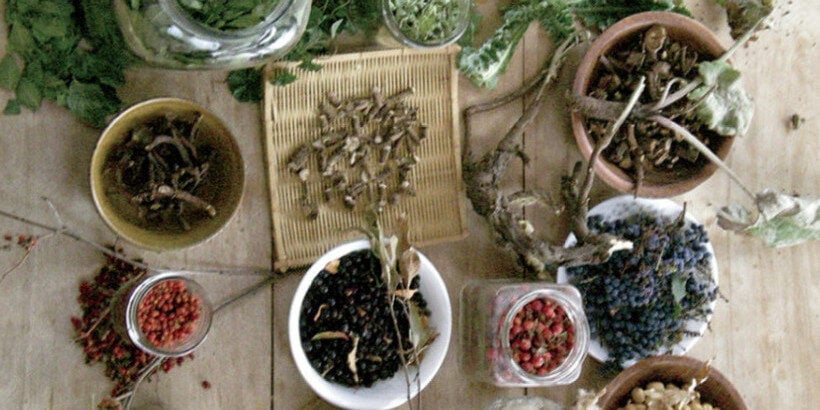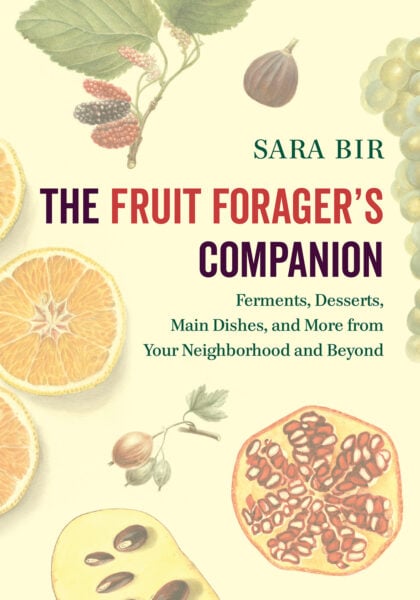Wild Edibles: 5 Tips for Beginner Foragers

New to foraging? Here are a few beginner tips to get you started on your hunt for wild edibles!
And next time you are taking a walk around the neighborhood, keep your eyes peeled for these thirteen plants: dandelion, mallow, purslane, plantain, thistle, amaranth, dock, mustard, grass, chickweed, clover, lambsquarter, and knotweed.
The following is an excerpt from The Wild Wisdom of Weeds by Katrina Blair. It has been adapted for the web,
5 Tips for Beginner Foragers

-
Ask for help. Seek the guidance of a local plant expert who can help you identify the subtle differences between various plant species.
-
Stay close to home. The wild plants that grow closest to where you live are the ones best adapted to support your ability to thrive in your current environment. Wild plants are extremely resilient and they help us embody those same qualities of excellence.
-
Be mindful. of where you harvest wild weeds. Use your observation skills to determine if an area may have been sprayed with herbicides or heavily fertilized with chemicals. If a plant is discolored or curls downward in an unnatural way it may best to harvest elsewhere.
-
Start off simple. Look for the common simple plants first that are easy to recognize like dandelions. Dice them up finely and add to your dinner salad along with something sweet like apple slices.
-
A little goes a long way. Wild plants are very potent so it is best to start by ingesting small amounts. Begin by nibbling a taste of a common wild edible plant and slowly introduce it to your body and taste buds.
Recommended Reads
Recent Articles
This tried-and-true jam recipe relies on the natural sugars in fruit to provide a balanced flavor and sweetness that can’t be beat.
Read MoreSome of the world’s most productive and resilient soils contain significant quantities of “natural” biochar. Author Kelpie Wilson challenges us to “change our perspective from ‘too much carbon in the air’ to ‘not enough carbon in the soil.’ We are good at being miners and exploiting resources, so let’s mine the air and stash the…
Read MoreWith the “dog days” of summer underway, the heat can feel a little unrelenting. On hot days, there’s no better way to cool off than with a refreshing, cold beverage. Here’s a list of some perfect cool-down summer drinks made with organic ingredients sourced right from your garden or local wild places. The following excerpts have…
Read MoreThink about how much work your perennial flower beds take compared to your annual vegetable garden. In a busy year, your perennial garden largely sails through despite neglect. Once your perennials are established, and if they are suited to your climate and site conditions, they can be virtually indestructible. An annual vegetable garden, as we…
Read MoreGot some daylilies taking over your garden? Instead of weeding them out, try eating them instead! A common vegetable in China and Japan, the daylily is more than a pretty flower. These wild plants are easy to forage and packed with flavor that will serve as a perfect addition to seasonal recipes. Before trying them,…
Read More







